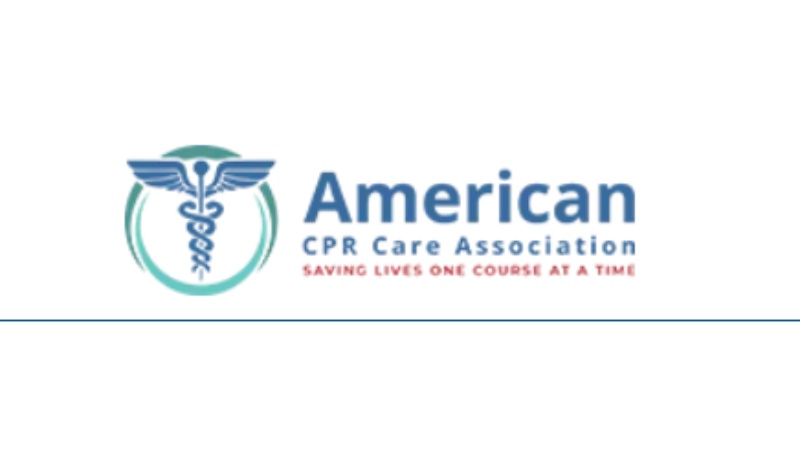
Medical guidelines evolve over time based on research and new technology. Staying current with these updates allows you to apply the latest techniques confidently. Basic Life Support (BLS) recertification focuses on aligning your skills with modern protocols. Recertification prepares you to handle today’s life-saving challenges effectively. In this blog, you’ll explore how BLS recertification connects you with updated practices and reinforces your ability to respond in crisis situations.
How BLS Recertification Keeps You Up-to-Date
The International Liaison Committee on Resuscitation (ILCOR) regularly updates BLS guidelines based on new research and global data. These updates aim to improve emergency care by refining techniques and introducing evidence-based practices. Some ways in which BLS recertification helps with staying updated are as follows:
Staying Current With CPR Techniques
Cardiopulmonary resuscitation (CPR) is the foundation of BLS. Over the years, research has refined how CPR is performed to improve outcomes. BLS recertification introduces you to updated techniques to make your approach more effective in real-life situations.
Some of the important guidelines recommended by ILCOR that can be adopted through BLS recertification include:
CPR During Transport
When performing CPR during transport, challenges like maintaining effective chest compressions can arise. Research shows mixed outcomes. For instance, while manual CPR quality tends to drop during movement, mechanical CPR can maintain consistency but hasn’t shown better survival rates.
If you learn BLS, you’ll understand how to handle emergencies effectively, whether you’re stationary or transporting someone. This includes techniques to maintain CPR quality and minimize risks to rescuers, like using feedback devices to guide compression depth and rate.
CPR Before Calling for Help
In a scenario where you’re the only person present during a cardiac arrest you might wonder whether to call for help first or start CPR immediately. Recent guidelines suggest using a mobile phone’s speaker mode to call for help while beginning CPR at the same time.
For solo rescuers without immediate access to a phone, activating emergency services takes priority before starting CPR. This ensures that professional help is on the way while you manage the situation.
Learning to Use Advanced Emergency Equipment
Medical tools like Automated External Defibrillators (AEDs) have advanced significantly, becoming simpler and more efficient to use. Recertification allows you to practice with the latest equipment so you’re confident using it in emergency scenarios. You’ll also revisit using tools like bag-valve masks to support breathing during emergencies.
Hands-on practice in a controlled environment can boost your readiness to handle new tools during emergencies. Practicing these scenarios lets you focus on saving lives rather than figuring out unfamiliar equipment.
Strengthening Team Communication
In emergencies, teamwork plays a significant role in providing effective care. Modern BLS courses emphasize collaboration and clear communication under pressure. During recertification, you’ll work through scenarios that show how to coordinate with others.
For example, clear, step-by-step instructions within a team reduce errors and confusion. Training also focuses on assigning roles so everyone contributes efficiently. These scenarios prepare you to stay organized and act calmly when facing high-stress situations.
Who Needs to Recertify in Basic Life Support?
If you’re considering taking a BLS course, you may also need to recertify at regular intervals to keep your skills up to date. Here’s a breakdown of who typically needs to recertify and why it’s important for you.
Healthcare Providers
If you work in healthcare, such as a nurse, doctor, or paramedic, you’ll likely need to recertify in BLS every two years. This helps you stay prepared for emergencies in a hospital, clinic, or other healthcare settings. Medical guidelines and techniques can change, so recertification makes sure you’re familiar with the latest practices.
First Responders
If you’re a first responder, such as a firefighter, police officer, or EMT, you should also recertify regularly. As you are often the first to arrive at the scene of an emergency, your BLS skills must be up-to-date. Recertification ensures you know the latest methods for CPR and other life-saving techniques.
Lifeguards
Lifeguards are trained to respond quickly in emergencies at pools or beaches. Recertifying in BLS keeps you updated on the best practices for performing CPR and handling other situations so you’re ready to act efficiently if needed. Lifeguards typically recertify every one to two years.
Teachers and Coaches
Teachers and coaches, especially those in charge of children’s activities, often need to take a BLS course. Accidents can happen during physical activities or sports, and being able to perform BLS can make a big difference. Recertifying helps you stay confident in providing the right support during an emergency.
Anyone Who Wants to Be Prepared
Even if you don’t work in healthcare or as a first responder, you might still want to recertify in BLS. If you’re a parent, caregiver, or simply someone who wants to be ready in case of an emergency, BLS training can provide peace of mind. It’s a good idea to refresh your skills every couple of years, as it keeps you up to date on changes in life-saving techniques.
BLS Recertification Matters for Everyone
In high-pressure situations quick actions can make all the difference. Staying current with BLS recertification means you’re ready to act when help is needed. Refreshing your knowledge and practice regularly keeps you sharp. This helps you as a bystander to step in with confidence and help others when the situation calls for it. Be sure to choose a nationally recognized course for your certification.